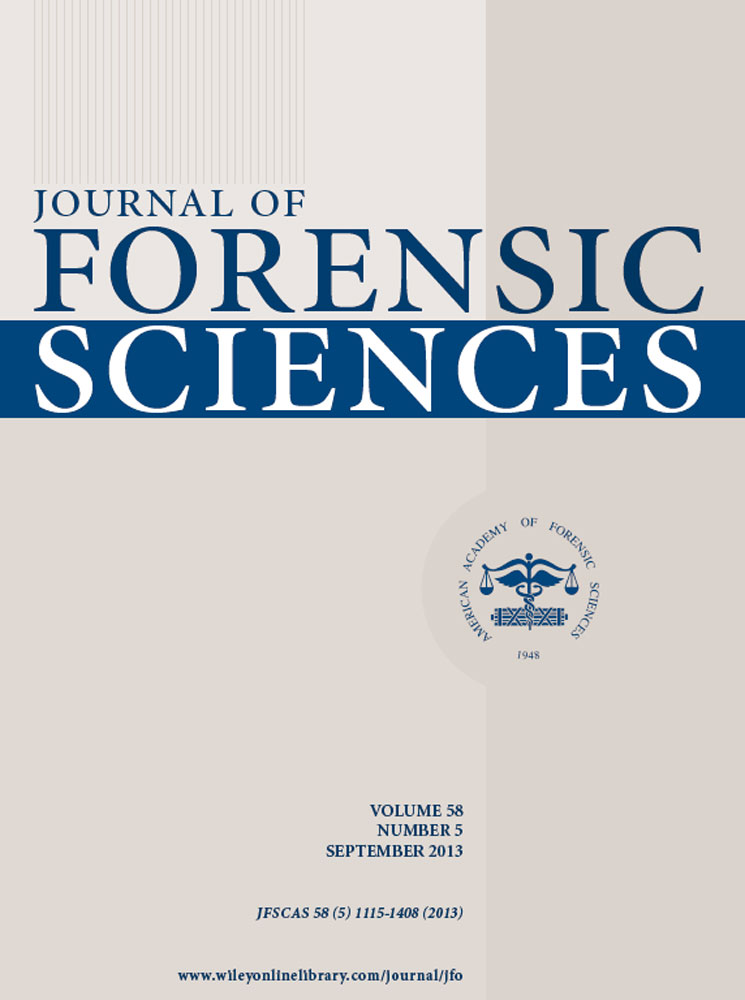Forensic or Archaeological Issue: Is Chemical Analysis of Dental Restorations Helpful in Assessing Time Since Death and Identification of Skeletonized Human Remains?†
Abstract
In 2011, small mass grave with completely skeletonized remains was discovered in Belgrade suburb. An eyewitness claimed that skeletons belonged to German soldiers killed in WWII. Anthropologists were engaged to investigate whether the skeletal remains correspond to the indicated German group or represent more recent case requiring court trial. Numerous dental restorations were noticed. Owing to the fact that different dental materials were used in dental practice at certain times, the aim of this study was to explore whether analysis of dental restorations could help in identification and estimation of time since death. Inductively coupled plasma optical emission spectrometry revealed that dental fillings corresponded to copper amalgam, conventional silver amalgam, silicophosphate cement, and zinc phosphate cement. Chemical results combined with anthropological and historical facts suggest that the individuals lived before the 1960s in country with well-developed dental service at that time. Therefore, chemical analysis of dental fillings was useful to distinguish between skeletal remains that are too old to be of forensic interest and the remains relevant to legal investigations.




